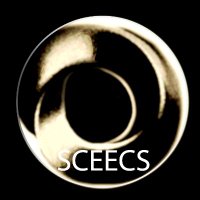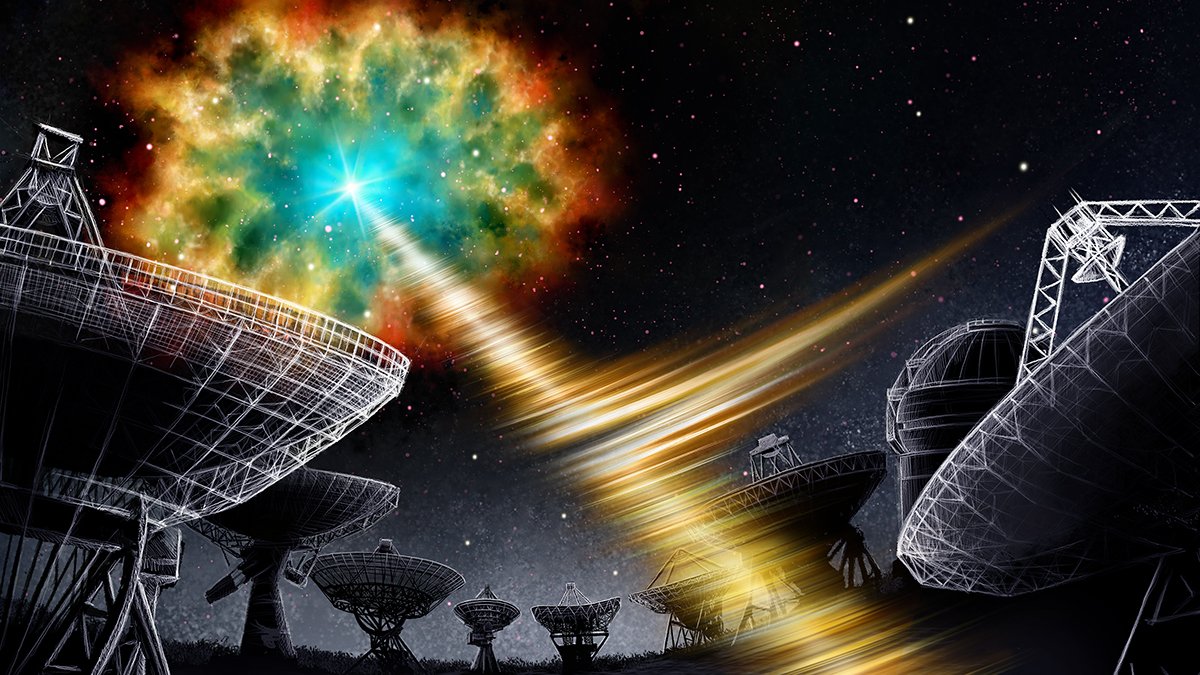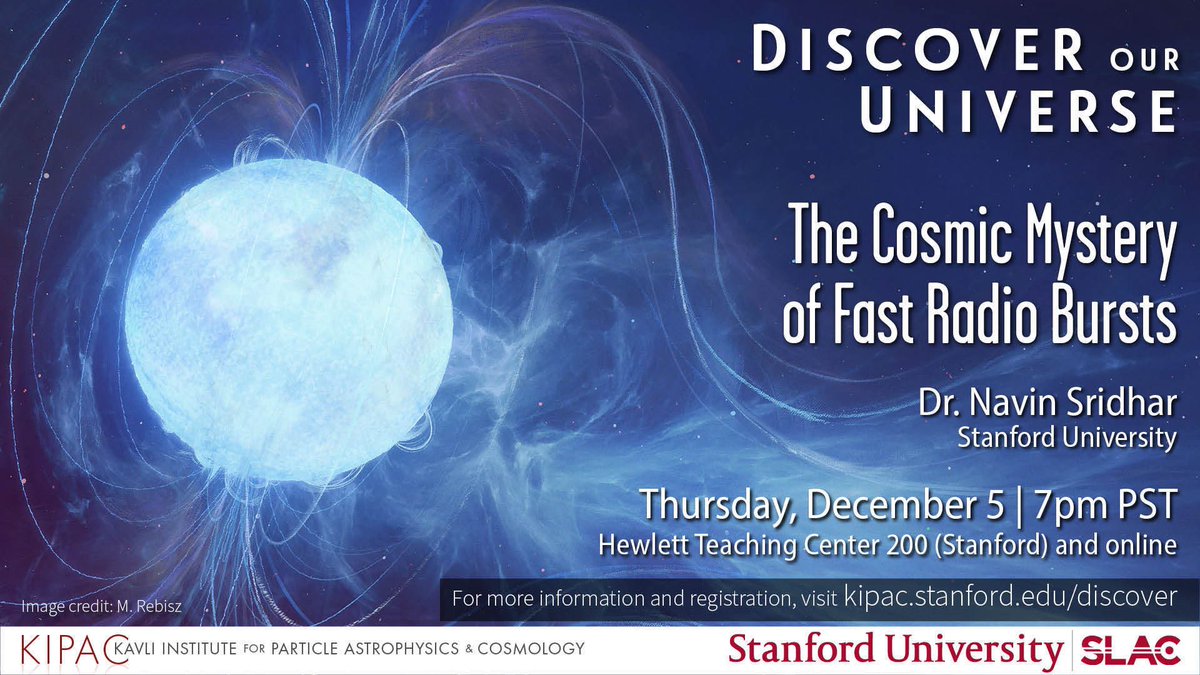
Navin Sridhar
@navinsridhar
| Stanford Astrophysics | I play with compact objects and other high-energy phenomena in space |
ID: 96253726
12-12-2009 02:05:25
288 Tweet
365 Takipçi
157 Takip Edilen


In our recent publication we confirmed a second repeating FRB source to be linked with a compact radio object. Amazing teamwork with the Astroflash⚡️and our international collaborators Navin Sridhar and Tarraneh Eftekhari. doi.org/10.3847/2041-8… via AAS Publishing



Academic updates: -- It was an honor to learn from and work with my advisors Brian Metzger Brian Metzger and Lorenzo Sironi during my PhD Columbia University; I can't thank them enough! -- I will be joining Stanford University KIPAC this Fall 2024 for my postdoctoral fellowship SCEECS.







